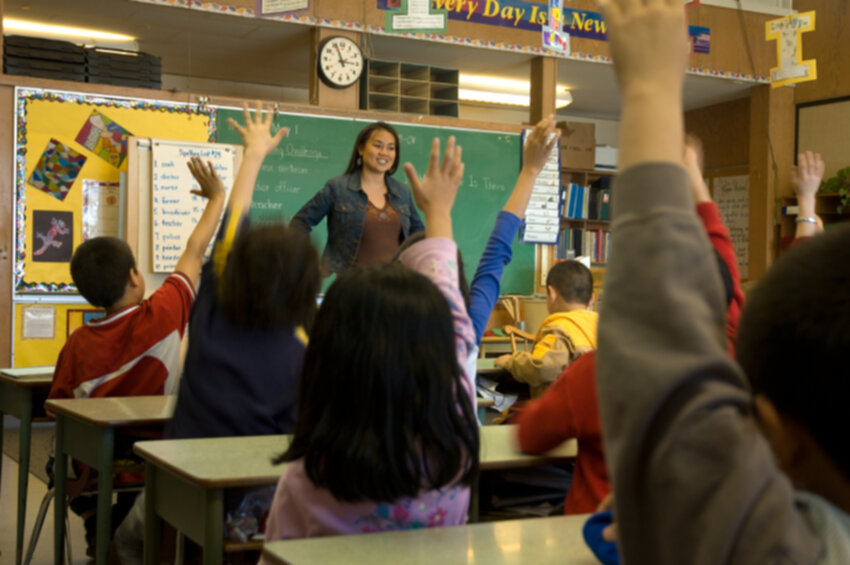A Focus on Social & Emotional Learning (SEL)
Classrooms that place a special focus on social and emotional learning (SEL) are, according to the Promote Prevent organization, positive learning environments that have caring student-teacher relationships at their center. These are classrooms that use a myriad of management and instructional techniques which address the emotional and social needs of the students.

Basically, this type of school environment feels safe on all levels and motivates kids to do their best. As a result, students can’t help but feel more connected to one another, to the teachers and to the school, says the organization.
CASEL, the Collaborative for Social, Emotional and Academic Learning, states that emotionally and socially competent students are skilled in five areas:
1) They are self-aware, which means they know their values, recognize their emotions and can assess their strengths. They are also self-confident and have hope for the future.
2) They can manage their impulses and stress levels. They also know how to persevere in overcoming challenges and can set and achieve their goals.
3) They are socially aware. They know how to empathize with others and appreciate group and individual differences. They also know how to use school, family and community resources.
4) They have good relationship skills. They know how to establish and maintain healthy relationships. They also don’t succumb to inappropriate social pressure and feel comfortable addressing conflicts.
5) They demonstrate good decision-making and take ethics, social norms, respect for others and possible consequences of their actions into consideration.
A webinar by Education Week gets down to basics regarding an effective SEL classroom. It says that teachers should smile in the classroom and know the names of their students. They should also have clear guidelines and expectations with appropriate consequences. In addition, they should know how to manage their own emotions, easily modeling healthy emotions for the kids. They should be culturally sensitive as well, the article adds.
Finding educational programs that support ELL students’ first language, such as The Latino Family Literacy Project, can make an enormous difference on their overall academic and language acquisition success.
